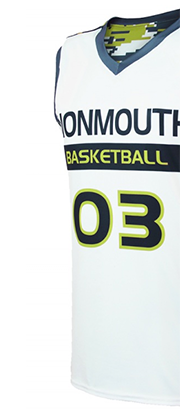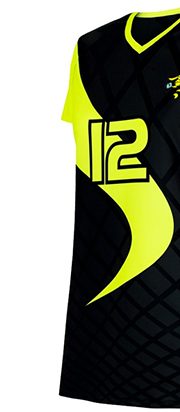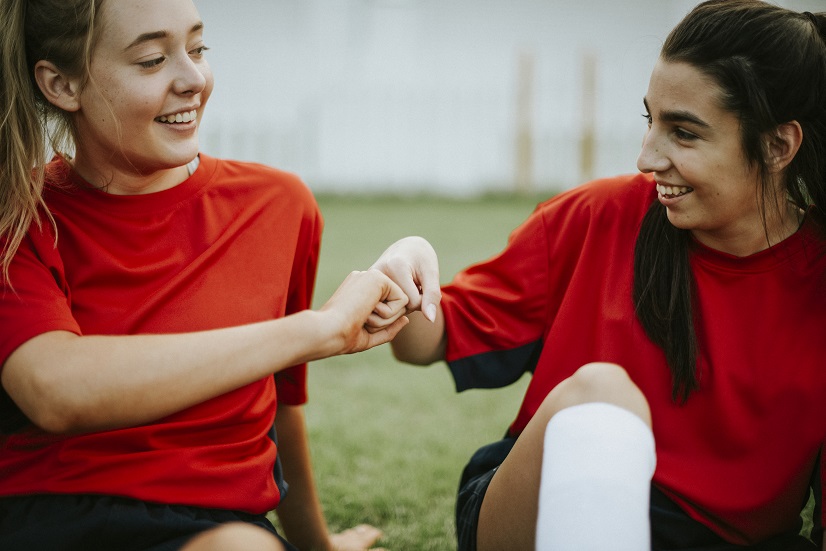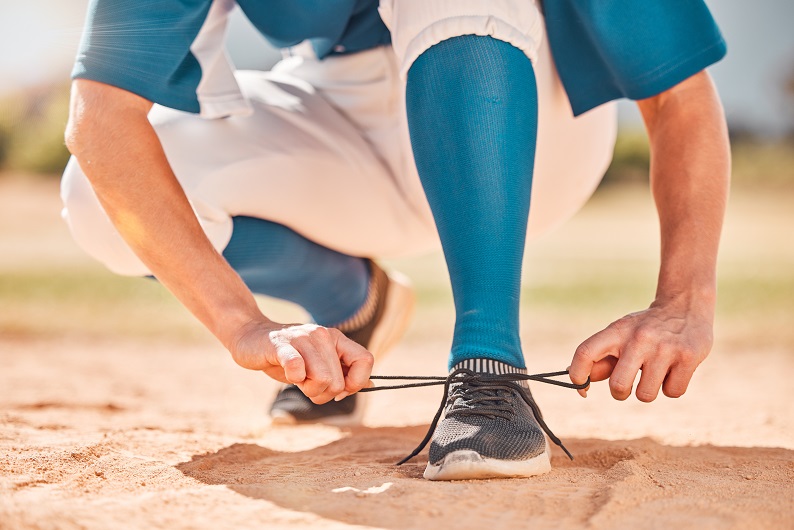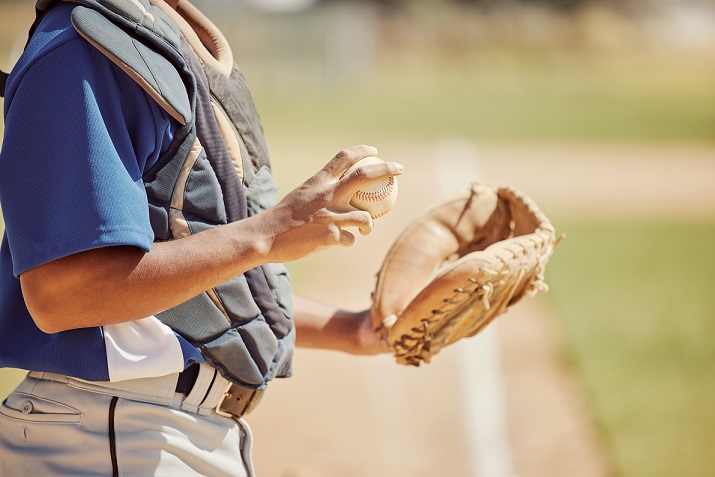As the adage goes, “The clothes make the man”, so it stands to reason that the uniform makes the team. Investing in youth softball uniforms is an investment in a successful future for young athletes and their teams alike. From improved performance on the field to enhanced morale among teammates, there are countless benefits of investing in quality uniforms for your young players. Here we’ll explore some of the top 5 reasons why outfitting your team with proper uniforms could be one of the best decisions you make this season.
From fostering a sense of unity amongst teammates to protecting from injury or foul weather, having high-quality youth softball uniforms can help improve many aspects of your team’s gameplay. Not only do they provide a physical barrier between players and potential injuries, but also create increased visibility when running at night or playing under low-light conditions. Furthermore, if properly maintained, these uniforms last longer than other types of sports apparel – meaning fewer replacement costs over time!
Of course, beyond safety considerations, there are plenty more intangible benefits associated with purchasing quality softball jerseys for younger athletes. For instance, well-designed and professionally printed uniform designs offer a level of sophistication that reflects positively on each player as well as the entire organization itself. The pride derived from wearing a comfortable and stylish set of matching outfits instills confidence both during games and off the court – helping to encourage personal growth via teamwork and camaraderie throughout any given season.
Benefits Of Investing In High-Quality Softball Uniforms
Investing in high-quality uniforms for youth softball is a worthwhile investment. It not only provides players with the best protection and options but also helps keep them safe while playing their sport. Here are some of the benefits of investing in top-notch softball uniforms:
First, good quality uniforms last longer than low-cost alternatives. This means that parents won’t have to replace the uniform as often and can instead invest those funds on other important equipment or team events. Additionally, better materials used in higher-end uniforms help protect against injuries by providing more coverage and giving extra support where needed. Furthermore, having uniforms made from breathable fabrics keeps athletes cooler in hot weather which increases performance and comfortability during games. Finally, high-quality uniforms can give teams a sense of pride and unity, making each player feel like they’re part of something bigger than themselves.
Investment into quality uniforms should not be taken lightly however – it’s still necessary to research factors such as sizing availability, durability ratings, cost efficiency, etc when choosing what type of uniform to go with.
Factors To Consider When Choosing Softball Uniforms
Investing in youth softball uniforms can be a daunting task. Choosing the right one is like navigating through a minefield – you have to consider quality, affordability, and style all at once! Like finding a needle in a haystack, selecting the perfect uniform for your team requires careful thought and research.
When it comes to picking out softball uniforms, several factors must be taken into account. Firstly, the budget should always be considered. It’s important to find something within your financial means without sacrificing on quality. After all, good quality materials will last longer than cheaper fabrics. Secondly, comfort matters too – fabric weight, breathability, and fit should also be taken into consideration when buying new uniforms for your players. Thirdly, durability is key; look for fabrics that are resistant to fading or fraying due to regular use and washing cycles. Lastly, don’t forget about style: choose colors and designs which make your team stand out from the crowd!
TIP: Don’t forget to factor in any embroidery costs if you want personalized logos or player numbers added to the jerseys. With these considerations in mind, you’ll soon have the perfect team gear ready for game day!
How To Find The Right Softball Uniforms For Your Team
What a coincidence! You’re here, looking for the right softball uniforms for your team. It’s as if you were meant to find this article and get all the information you need to make an informed decision.
So now that you know why investing in youth softball uniforms is important, it’s time to talk about how to find the perfect fit. First of all, think about what kind of style or design suits your budget and preferences best. Consider factors like the color scheme, fabric type, size range available, etc. Secondly, determine what features are necessary for safety concerns such as helmets and cleats. Finally, research different brands to compare prices and quality before making your purchase. Make sure to read customer reviews online so you can understand their experience with the product before buying it yourself.
By taking these steps into account when shopping for softball uniforms, you will be able to select ones that meet both your team’s needs and aesthetic goals without breaking the bank.
Conclusion
Investing in quality youth softball uniforms is an important decision for any team. Quality uniforms not only look good but also provide comfort and performance benefits to the players who wear them. When choosing new uniforms, teams should consider factors such as durability, color options, and style preferences. Ultimately, finding the right uniform for your team requires careful research and thoughtful consideration of all available options.
Take, for example, the Greenville Junior Softball Team, who recently invested in high-quality custom jerseys with a unique design that matched their school colors. They wanted something comfortable enough to allow their players to move freely during games while looking sharp on the field. After extensive research and consultation with experts, they found exactly what they needed at a price within their budget. The result was a set of beautiful uniforms that gave the team much more confidence when playing against opposing teams.
Overall, investing in quality youth softball uniforms can be beneficial for teams both on and off the diamond. Coaches and parents need to take time to carefully evaluate every aspect of each option before selecting one that meets their needs best. With the right choice you can make sure your athletes have everything they need to feel confident and perform at their highest level!




